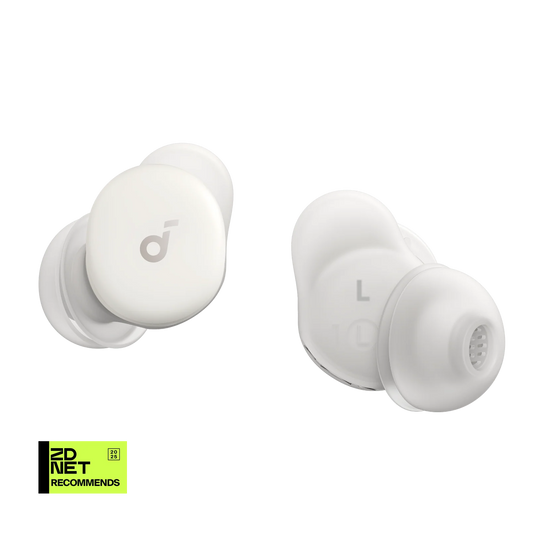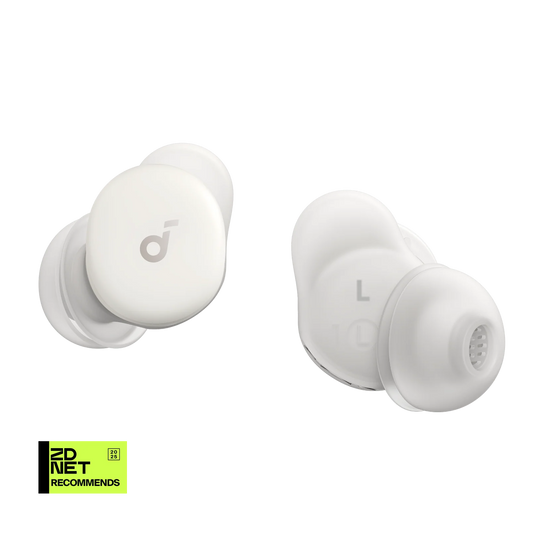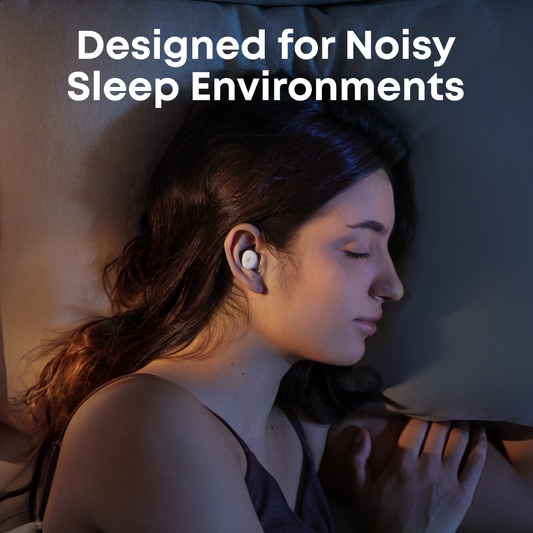Earbuds Blog

Bluetooth Sleep Headphones: Wireless Comfort Th...
Wrestling with insomnia. Watching the clock go from night to day, listening to your favourite podcast with big headphones while looking for a comfortable position—if you have had nights like...
Bluetooth Sleep Headphones: Wireless Comfort Th...
Wrestling with insomnia. Watching the clock go from night to day, listening to your favourite podcast with big headphones while looking for a comfortable position—if you have had nights like...

Earbuds for Sleeping on Your Side: Comfort With...
For side sleepers, achieving restful sleep often feels like an impossible challenge. Traditional earbuds protrude deep into the ear canal, creating painful pressure points that make it unbearable to rest...
Earbuds for Sleeping on Your Side: Comfort With...
For side sleepers, achieving restful sleep often feels like an impossible challenge. Traditional earbuds protrude deep into the ear canal, creating painful pressure points that make it unbearable to rest...

How AI Translation Earbuds Provide Real-Time Mu...
Imagine you're standing in a bustling Tokyo market, a business meeting in Berlin, or a family reunion where multiple languages are spoken. The excitement of these moments often comes with...
How AI Translation Earbuds Provide Real-Time Mu...
Imagine you're standing in a bustling Tokyo market, a business meeting in Berlin, or a family reunion where multiple languages are spoken. The excitement of these moments often comes with...

A Complete Guide to Using Translation Earbuds f...
Imagine travelling in a country where you don't speak the language. If you want to ask for directions, order food or chat to people, language becomes a barrier. In the...
A Complete Guide to Using Translation Earbuds f...
Imagine travelling in a country where you don't speak the language. If you want to ask for directions, order food or chat to people, language becomes a barrier. In the...

How to Sleep Comfortably with Headphones?
For many, a good night's sleep is elusive. Whether it's a snoring partner, noisy neighbors, or a racing mind, finding peace and quiet can be a challenge. This leads people...
How to Sleep Comfortably with Headphones?
For many, a good night's sleep is elusive. Whether it's a snoring partner, noisy neighbors, or a racing mind, finding peace and quiet can be a challenge. This leads people...

AI Translator Earbuds for Business Meetings: Do...
The global conference room is no longer a physical space; it's a digital meeting link connecting colleagues from Tokyo to Berlin. In this environment, language barriers remain one of the...
AI Translator Earbuds for Business Meetings: Do...
The global conference room is no longer a physical space; it's a digital meeting link connecting colleagues from Tokyo to Berlin. In this environment, language barriers remain one of the...